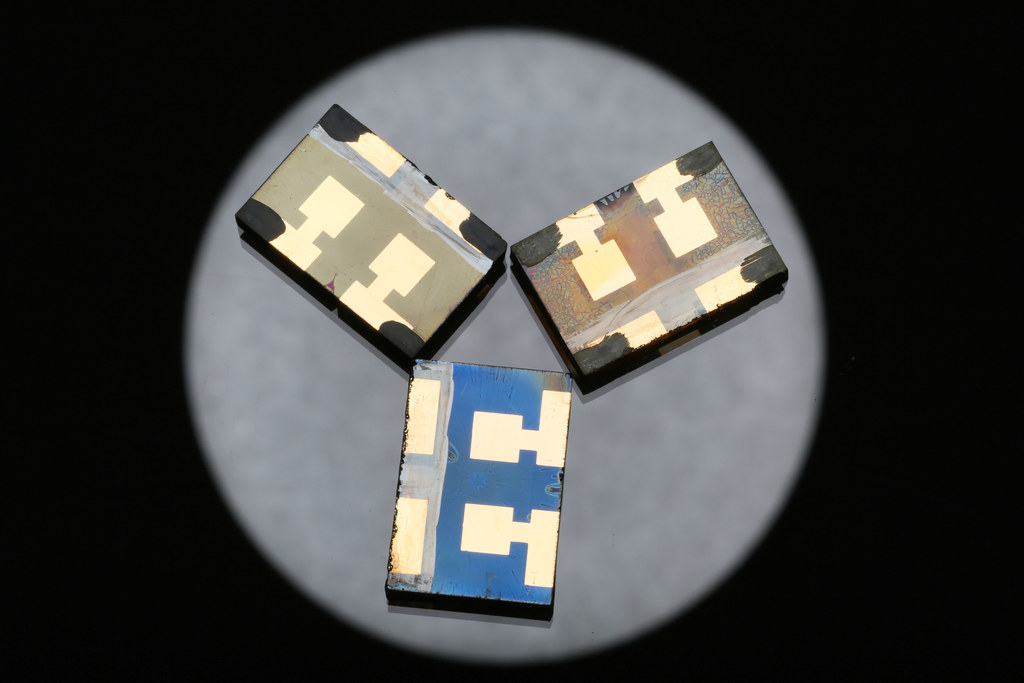Scientists from the Ecole Polytechnique Fédérale Lausanne (EPFL) – working with Milan’s Insititute of Molecular Science and Technology and the Qatar Environment and Energy Research Institute – have developed a perovskite material that can act as a top layer in a typical lead-based perovskite solar cell, improving cell stability and resistance to moisture.
The team's study – Water-Repellent Low-Dimensional Fluorous Perovskite as Interfacial Coating for 20% Efficient Solar Cells, published in Nano Letters – describes a device with improved stability and a 20% conversion efficiency.
The top layer is described as a fluouros organic cation used as an organic spacer to form a low-dimensional perovskite with enhanced water-resistant character. The layer was tested with two perovskite combinations and in both cases self-assembled on top of the bulk absorber layer.
Cells incorporating the layer exhibited improved stability, particularly in the first hours of testing under environmental conditions. The researchers noted tandem cells utilizing a perovskite layer could benefit from the waterproof layer, and it could also have applications beyond PV.
Perovskite solar cells have seen plenty of breakthroughs to address their well-documented stability issues in recent years, and U.K. company Oxford PV states it has been able to create cells that meet IEC standards in damp heat, thermal cycling and light soaking tests.
This content is protected by copyright and may not be reused. If you want to cooperate with us and would like to reuse some of our content, please contact: editors@pv-magazine.com.




Unfortunately Nano Letters is not an open access journal (link). The American Society of Chemistry is behind the Royal Society of Chemistry (link) in this. Top researchers like those at EPFL should use their status to press for further movement by preferring true open-access media.
We citizens paid for the work through our taxes, we should not be charged again to see the results. The real costs in scientific publishing – manuscript preparation, peer review, editorial selection – are already carried by the scientific community without remuneration. The administrative backup chores (paper and electronic archiving, subscription lists, offprints) are routine and can be carried out by networks of university libraries at trivial cost. The exploitation of science by rent-seeking vampire capitalists has to end.
Dear James,
Please let me know your e-mail ID to send our article.
Best wishes,
Nazeer